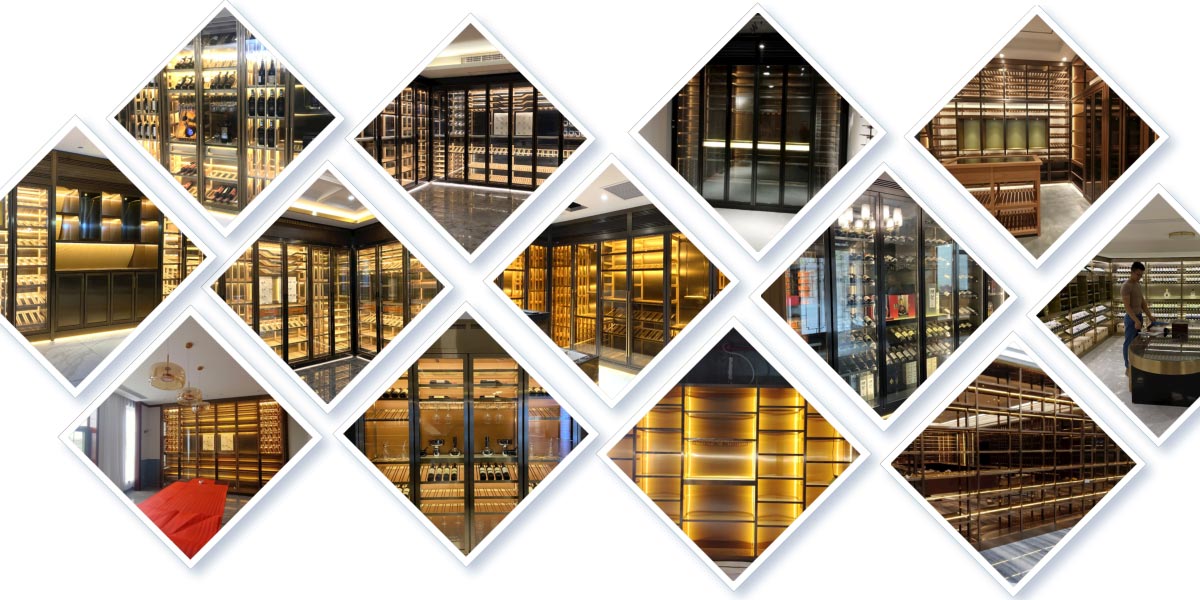What are the different types of wine cabinets?
Wine cabinets are essential for wine enthusiasts who wish to preserve their collections under optimal conditions. Unlike standard storage solutions, wine cabinets are specifically designed to maintain the perfect environment for aging and storing wine. They vary significantly based on design, functionality, and capacity.
1. Freestanding Wine Cabinets
Freestanding wine cabinets are standalone units that can be placed anywhere in your home, provided there is adequate ventilation around the cabinet. They are a popular choice for those with sufficient floor space and offer the following advantages:
Large Storage Capacity: Freestanding wine cabinets typically have ample storage, accommodating anywhere from 20 to 300 bottles or more.
Flexibility in Placement: These cabinets can be positioned in living rooms, dining areas, or basements without the need for installation.
Aesthetic Appeal: Many freestanding models are designed with attractive finishes, making them a stylish addition to home decor.
However, they require adequate space and are less suited for compact living environments.
2. Built-in Wine Cabinets
Built-in wine cabinets are designed to be integrated into cabinetry or wall units, offering a seamless and space-saving solution. Commonly used in modern kitchens or bar areas, they feature:
Compact Design: Built-in models are typically narrower and designed to fit under counters or within custom cabinetry.
Ventilation Considerations: These cabinets have front-venting systems that allow heat to dissipate effectively without requiring extra space around the unit.
Sophisticated Appearance: Their integrated design gives a sleek and professional look, making them a popular choice for luxury homes.
While they save space and look elegant, built-in cabinets often come with higher installation costs and less flexibility in relocation.
3. Dual-Zone Wine Cabinets
Dual-zone wine cabinets are designed for collectors who store both red and white wines. These units have two separate temperature zones, allowing optimal storage conditions for different types of wine:
Temperature Control: Red wines can be stored at a slightly warmer temperature (12°C to 18°C), while white wines and sparkling wines require cooler conditions (5°C to 12°C).
Convenience: Ideal for mixed collections, these cabinets ensure that wines are always ready to serve at the correct temperature.
Dual-zone cabinets are an excellent choice for those with diverse wine collections but may be more expensive than single-zone models.
4. Single-Zone Wine Cabinets
Single-zone wine cabinets maintain a consistent temperature throughout the unit and are ideal for collectors who primarily store one type of wine. Key features include:
Simplicity: Easy to set up and manage, with fewer settings to adjust.
Affordability: These units are often more budget-friendly than dual-zone models.
While single-zone cabinets are perfect for aging wines over the long term, they lack the versatility needed for storing multiple types of wine.
5. Thermoelectric Wine Cabinets
Thermoelectric wine cabinets use thermoelectric cooling technology rather than traditional compressors. They are best suited for smaller collections and come with several advantages:
Energy Efficiency: Thermoelectric models consume less energy compared to compressor-based cabinets.
Quiet Operation: They produce minimal noise and vibrations, which can be beneficial for preserving wine quality.
Environmentally Friendly: These units are free from harmful refrigerants.
However, thermoelectric wine cabinets are less effective in maintaining stable temperatures in warmer environments and are generally limited in capacity.
6. Compressor-Based Wine Cabinets
Compressor-based wine cabinets use the same cooling technology as standard refrigerators. They are powerful and versatile, making them suitable for larger collections:
Consistent Cooling: These cabinets can maintain stable temperatures even in fluctuating ambient conditions.
Larger Capacity: Ideal for serious collectors or commercial use.
Durability: Compressor systems tend to have a longer lifespan.
While compressor-based cabinets are highly effective, they can be noisier and consume more energy compared to thermoelectric models.
7. Custom Wine Cabinets
For those with unique needs or extensive collections, custom wine cabinets offer a tailored solution. These cabinets are built to specific dimensions, designs, and functionalities:
Personalization: Custom cabinets can include features like LED lighting, glass doors, or unique shelving configurations.
Integration: They can be designed to match existing furniture or interior themes.
Premium Quality: Often crafted from high-quality materials, they add a touch of luxury to any space.
Custom wine cabinets are the most expensive option but provide unmatched flexibility and elegance.
8. Wine Cabinets with Advanced Features
Modern wine cabinets often come equipped with advanced features to enhance the storage experience. Examples include:
UV-Protected Glass Doors: Prevents harmful ultraviolet rays from degrading wine quality.
Humidity Control: Maintains optimal humidity levels to prevent corks from drying out.
Digital Controls: Enables precise temperature and humidity adjustments.
Smart Connectivity: Some models allow users to monitor and control settings via smartphone apps.
These advanced features ensure optimal wine preservation but may add to the overall cost of the unit.
Choosing the right wine cabinet depends on your collection size, storage needs, and personal preferences. Whether you prefer a freestanding model for its capacity, a built-in unit for its sleek design, or a dual-zone cabinet for versatility, there is a wine cabinet suited for every enthusiast. By understanding the different types available, you can invest in a cabinet that enhances your wine storage experience while preserving your collection for years to come.
Hot News
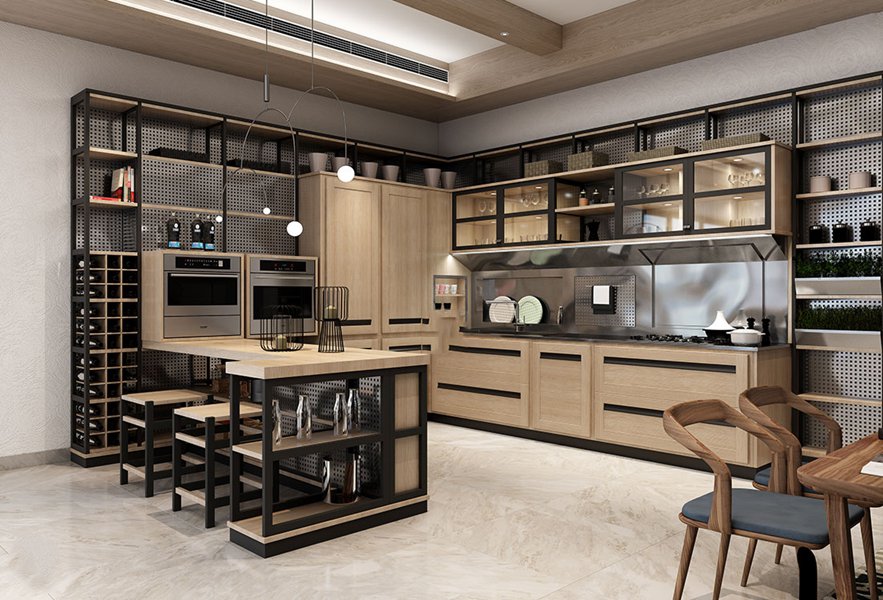
Best Outdoor Stainless Steel Cabinets: Features, Prices, and Buying Tips
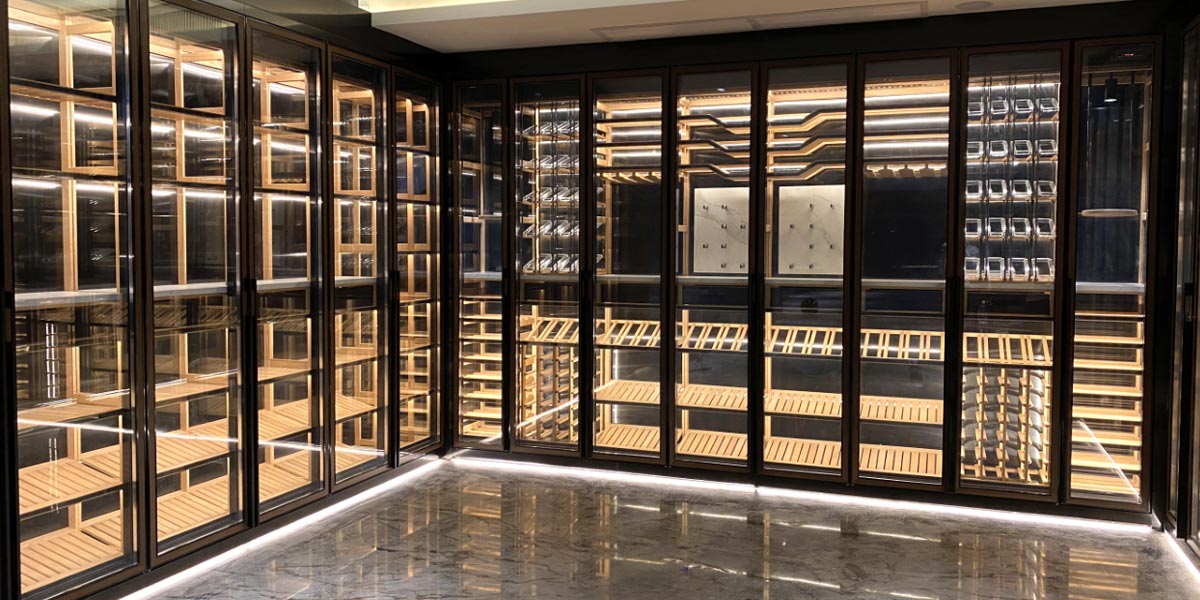
Built-in vs. Freestanding Stainless Steel Wine Cabinets
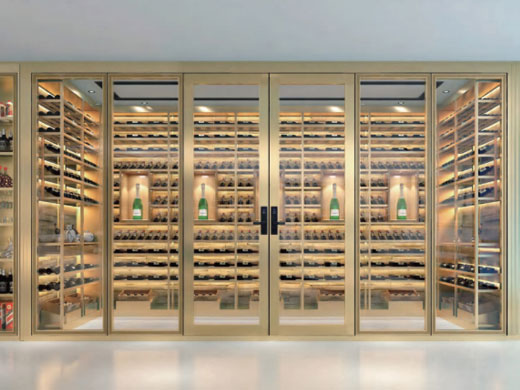
Stainless Steel Wine Cabinet: Ultimate Guide for Modern Wine Storage
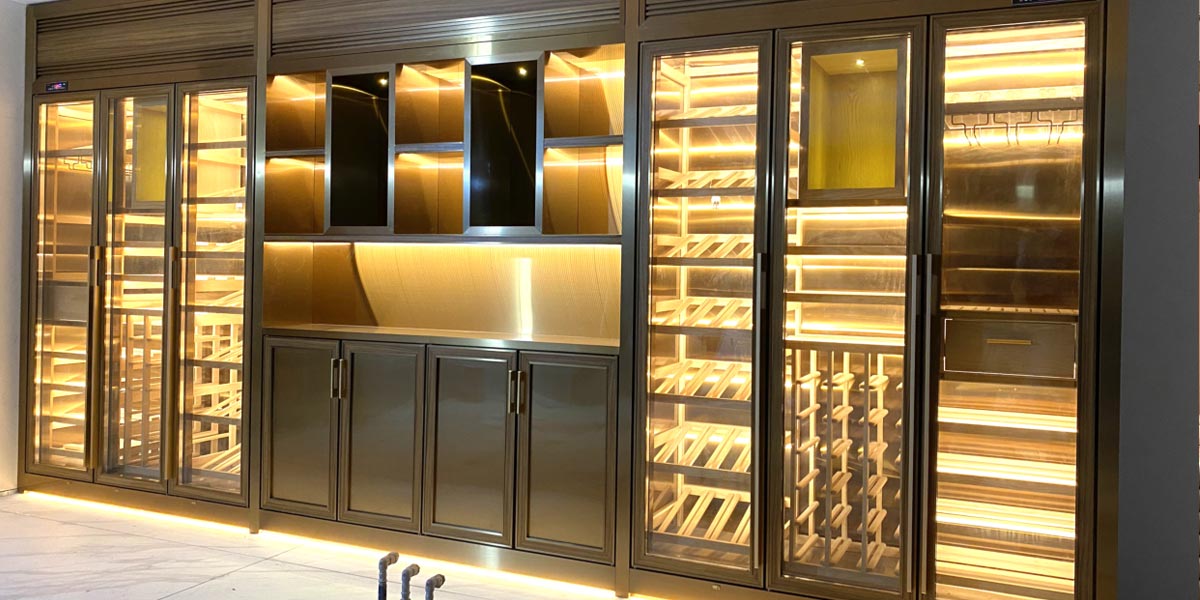
How to Choose the Right Stainless Steel Wine Cabinet: A Complete Buyer’s Guide
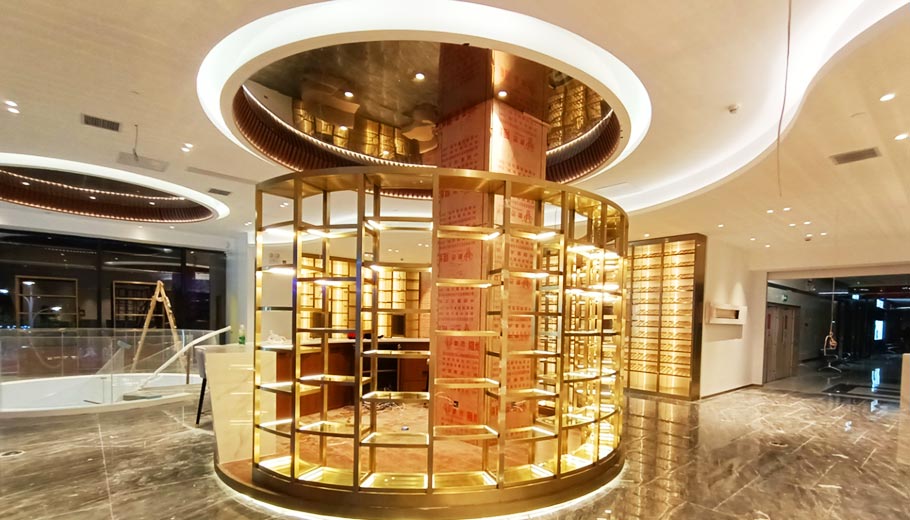
What Size Stainless Steel Wine Cabinet Do You Need?
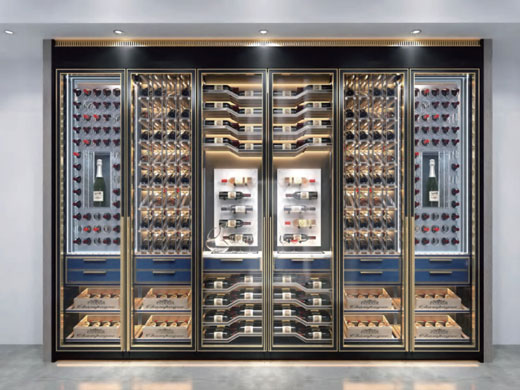
Single-Zone vs. Dual-Zone Stainless Steel Wine Cabinets: Which One Should You Choose?
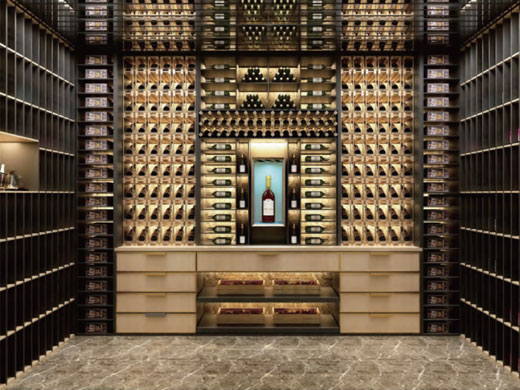
Best Commercial Stainless Steel Wine Cabinets for Bars & Restaurants






